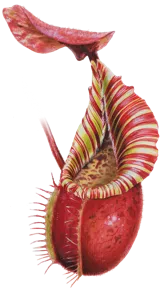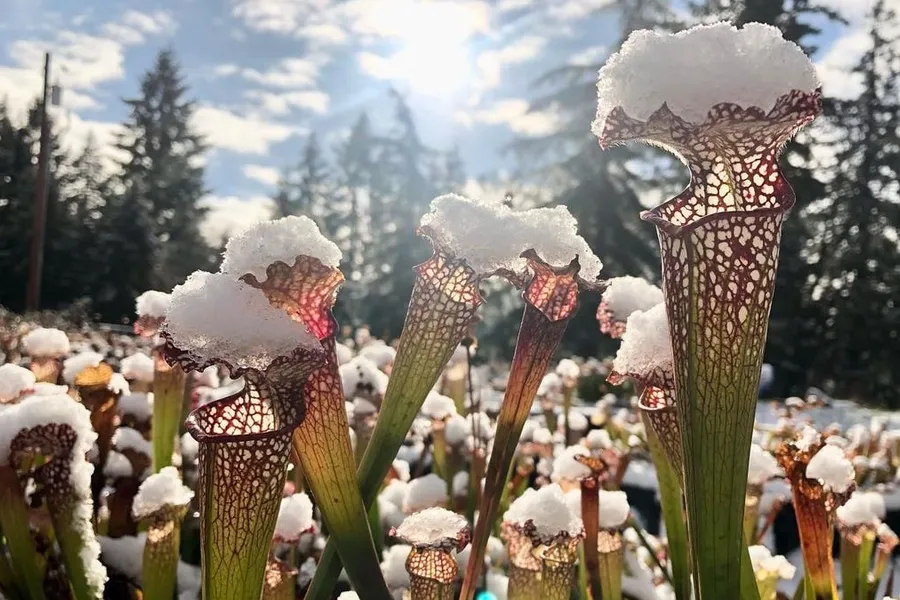If you’ve noticed some of your carnivorous plants starting to look a little sad come Autumn, don’t fear - it could be part of a completely natural process called dormancy.
Some plants - such as Nepenthes - grow in the tropics, and can be grown indoors year-round without any variation in their requirements. However, most carnivorous plants - including Venus flytraps - grow in parts of the world that experience significant variation between the seasons. These plants are native to temperate climates, and they survive the winters by entering a resting phase. This is commonly referred to as going dormant.
If you want your plants to live happily for many years in your care, it’s very important to respect their dormancy requirements (if they have any). In this guide, I’ll outline the winter care requirements of most carnivorous plants you’ll find in cultivation.
- Dionaea (Venus flytrap) dormancy
- Sarracenia (pitcher plant) dormancy
- Drosera (sundew) dormancy
- Pinguicula (butterwort) dormancy
- Carnivores which don’t require dormancy
1. Dionaea (Venus flytrap) dormancy
In mid to late Autumn, your plant’s leaves will start to die back. This will sometimes happen even if your plant is grown indoors as a houseplant - the shortened daylight hours and slightly lower temperatures can be enough to trigger the start of dormancy.
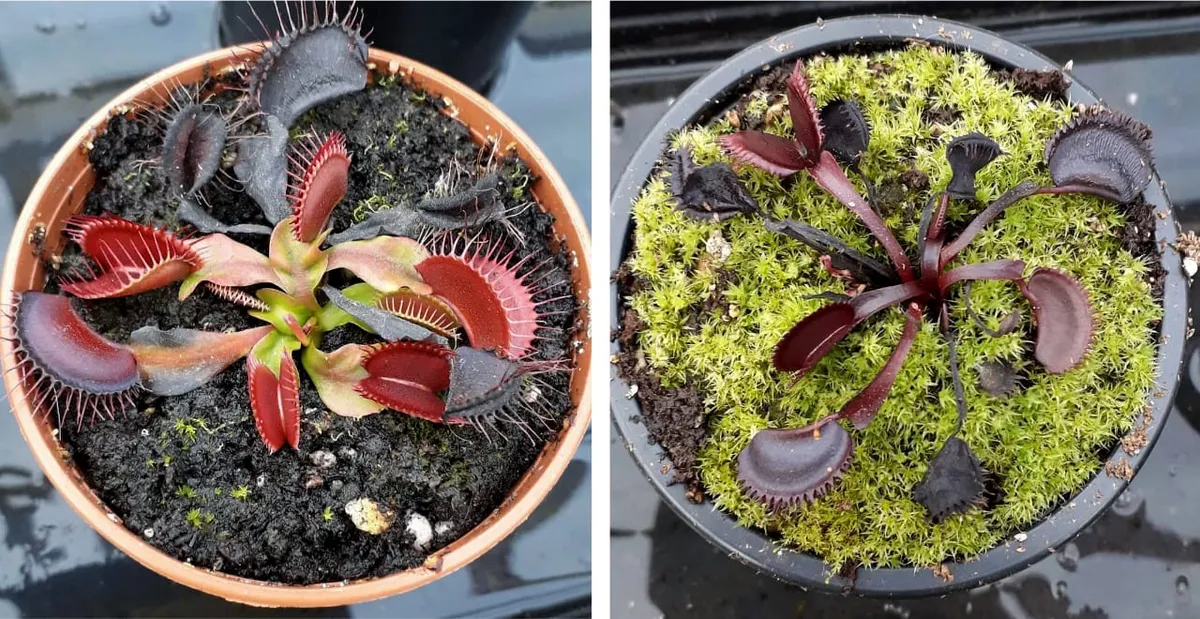
Between late October and March you should keep your plant somewhere colder. An unheated greenhouse or conservatory is ideal, or alternatively a position next to a window in your garage or shed. Venus flytraps do not require feeding during winter. They can be allowed to go well below freezing - no heating is required in the UK climate, just some protection from the elements. You should also reduce watering, so that the soil is just damp rather than wet. Dead leaves can be snipped off throughout winter to help prevent mould or disease. Note that all-red cultivars tend to lose more of their traps over winter than normal green-leaved varieties.
In Spring, fresh growth will resume and your plant will begin making new traps! For more cultivation advice, check out my complete guide to Venus flytraps.
I often get asked: “when is the best time to buy a Venus flytrap?” While you can buy Venus flytraps at any time of year, I find that they often do best when posted at the end of dormancy, right before Spring begins. This is when they have the most stored energy!
2. Sarracenia (pitcher plant) dormancy
Sarracenia have very similar requirements to Venus flytraps, since they are both native to the United States. Around late October and March, you should aim to give your pitcher plants a cold winter. You can place them in an unheated greenhouse or conservatory, or simply by a window in an unheated porch or garage. As with Dionaea, they can be allowed to freeze - just give them some protection from the elements if possible. Watering can be reduced so that the soil is damp rather than wet.
Note that pitcher plants often keep their tubes for two years, so some may well survive winter. Most, however, will start to turn brown and dry at the top. The browning will progress down the tube, though the lowest portion will often remain green as the plant absorbs nutrients from the prey it’s caught throughout the year. Certain species of Sarracenia will also produce winter leaves called phyllodia, which resemble tall flattened blades, shown below.
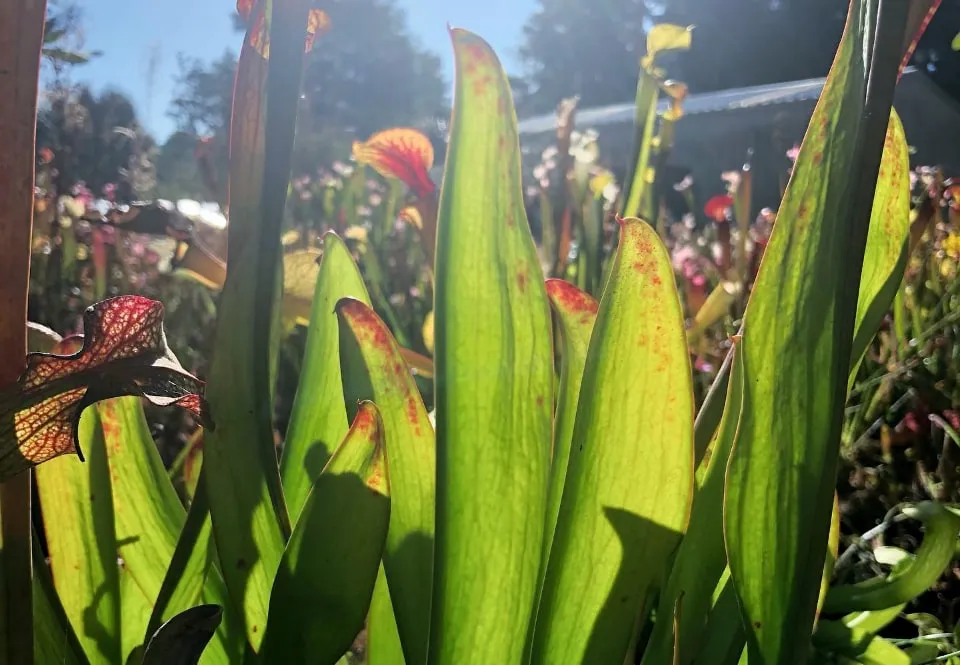
The start of Spring is a good opportunity to repot and divide your plants, if they require it. To learn more about Sarracenia cultivation, visit my guide to pitcher plants.
3. Drosera (sundew) dormancy
Tropical and subtropical sundews like Drosera capensis, Drosera aliciae, and Drosera nidiformis can be grown indoors year-round, since they have no dormancy requirements. Despite this, many will happily go dormant over winter if they’re allowed to get cold. I’ve yet to successfully kill a D. capensis, despite having frozen them solid over winter!
Temperate sundews, however, do require a winter dormancy. This includes sundews native to the UK and Europe such as Drosera anglica, Drosera filiformis, and Drosera rotundifolia. These species form a ‘hibernaculum’ - a tightly curled bud of winter leaves - and will resume normal growth once temperatures rise. Requirements are largely the same as for other temperate carnivores: reduced watering and lower temperatures.
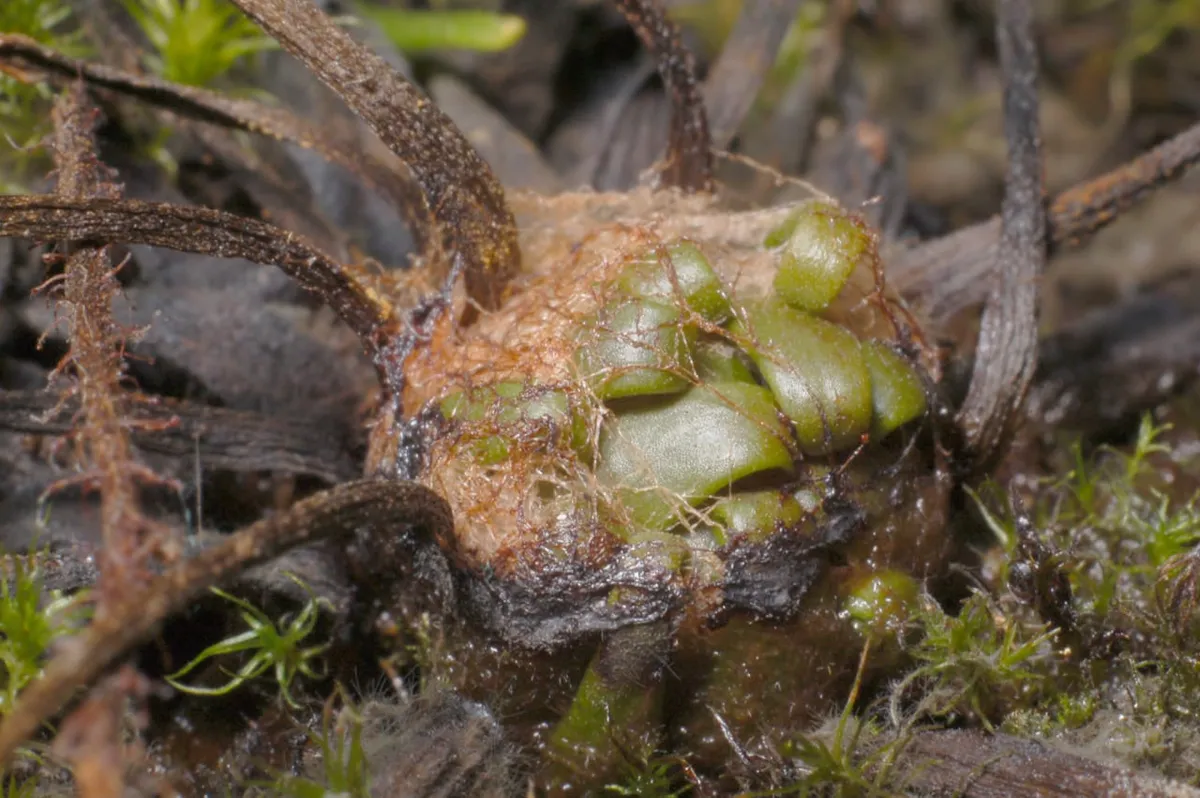
4. Pinguicula (butterwort) dormancy
Most Mexican and tropical Butterworts like Pinguicula ‘Tina’ will spend winter producing thicker, fleshy leaves more like a succulent. Once your Pinguicula has started forming these leaves you should reduce watering until Spring. Once they begin producing new carnivorous leaves, you can continue watering as normal.
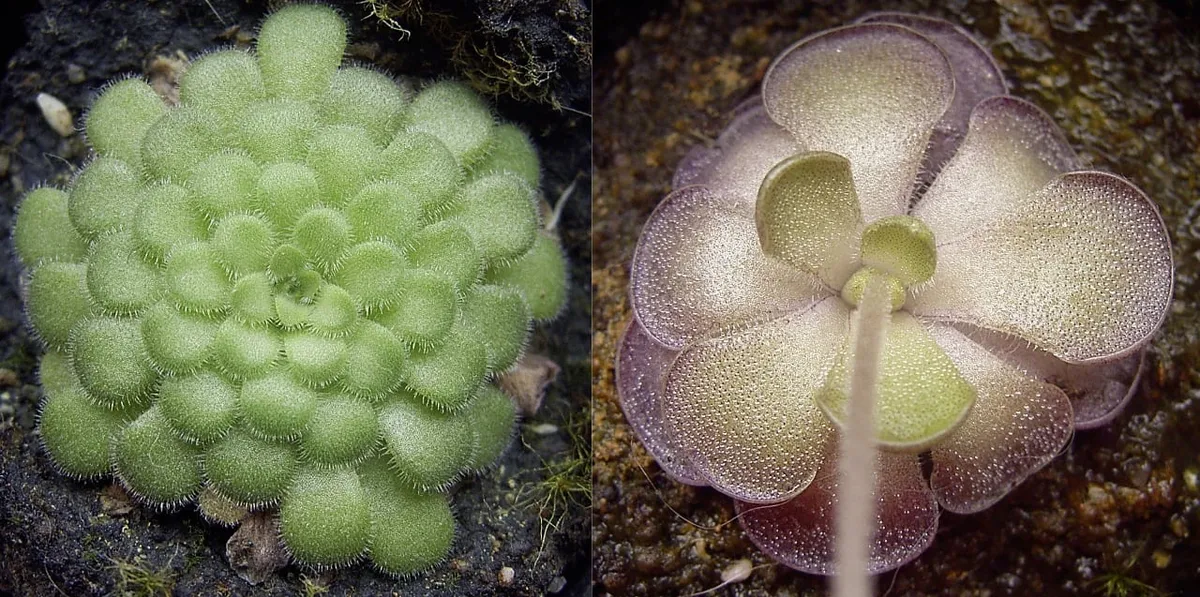
Temperate Butterworts will instead form small, tight winter buds of stout waxy leaves known as ‘hibernaculum’, much like the temperate sundews. As with other temperate carnivores, reduce watering and keep them somewhere cool.
5. Carnivores which don’t require dormancy
Some carnivorous plants don’t require any dormancy at all! In addition to the tropical species of Drosera mentioned above - the South African sundews - many genera can be grown in the same conditions year-round, be it on a warm windowsill, in a heated greenhouse, or in a terrarium or grow tent. Those grown under natural light will often slow their growth right down, but with artificial light it’s possible to enjoy these plants at all times of year.
This group includes some of my favourite carnivorous plants, including the Sun Pitchers (Heliamphora, native to South America), the Albany pitcher plant (Cephalotus, native to Australia), and the Tropical Pitcher Plants (Nepenthes, native to Southeast Asia).
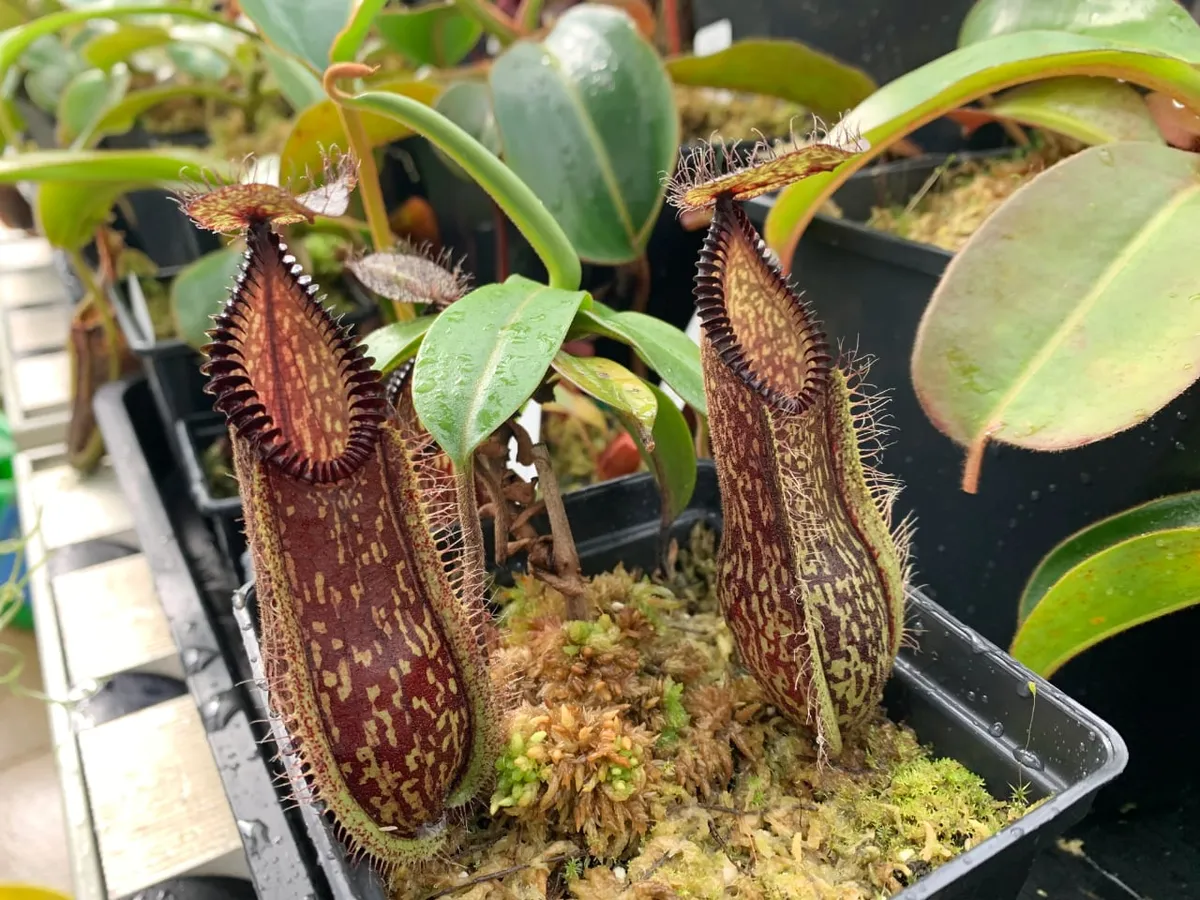
Thanks for reading, and happy winter growing!
Top photo: Courtesy of Sarracenia Northwest.
